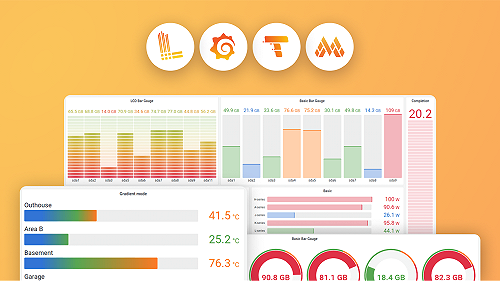SecretsManagerClient
SecretsManagerClient interacts with the AWS Secrets Manager.
With it, you can perform several operations such as listing, creating and downloading secrets owned by the authenticated user. For a full list of supported operations, see Methods.
SecretsManagerClient is included in both the dedicated jslib secrets-manager.js bundle, and the aws.js one, containing all the services clients.
Methods
Throws
S3 Client methods will throw errors in case of failure.
Example
import exec from 'k6/execution';
import {
AWSConfig,
SecretsManagerClient,
} from 'https://jslib.k6.io/aws/0.14.0/secrets-manager.js';
const awsConfig = new AWSConfig({
region: __ENV.AWS_REGION,
accessKeyId: __ENV.AWS_ACCESS_KEY_ID,
secretAccessKey: __ENV.AWS_SECRET_ACCESS_KEY,
});
const secretsManager = new SecretsManagerClient(awsConfig);
const testSecretName = 'jslib-test-secret';
const testSecretValue = 'jslib-test-value';
export async function setup() {
// Let's make sure our test secret is created
const testSecret = await secretsManager.createSecret(
testSecretName,
testSecretValue,
'this is a test secret, delete me.'
);
// List the secrets the AWS authentication configuration
// gives us access to, and verify the creation was successful.
const secrets = await secretsManager.listSecrets();
if (!secrets.filter((s) => s.name === testSecret.name).length == 0) {
exec.test.abort('test secret not found');
}
}
export default async function () {
// Knnowing that we know the secret exist, let's update its value
const newTestSecretValue = 'new-test-value';
await secretsManager.putSecretValue(testSecretName, newTestSecretValue);
// Let's get its value and verify it was indeed updated
const updatedSecret = await secretsManager.getSecret(testSecretName);
if (updatedSecret.secret !== newTestSecretValue) {
exec.test.abort('unable to update test secret');
}
// Let's now use our secret in the context of our load test...
}
export async function teardown() {
// Finally, let's clean after ourselves and delete our test secret
await secretsManager.deleteSecret(testSecretName, { noRecovery: true });
}

